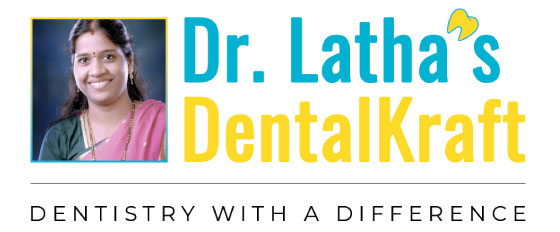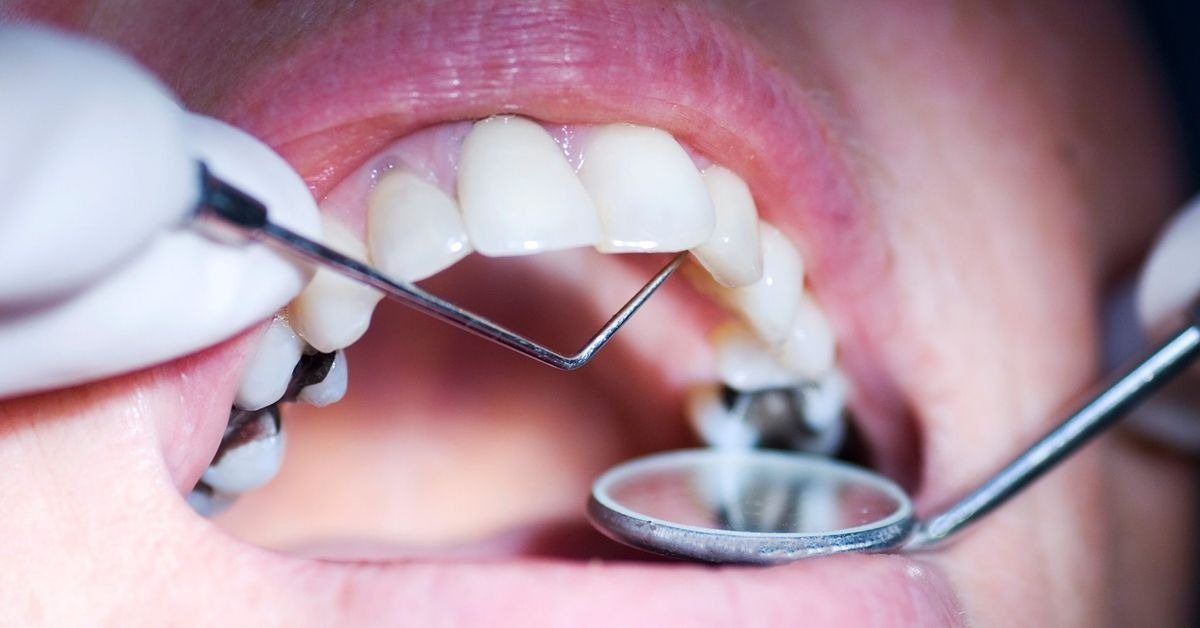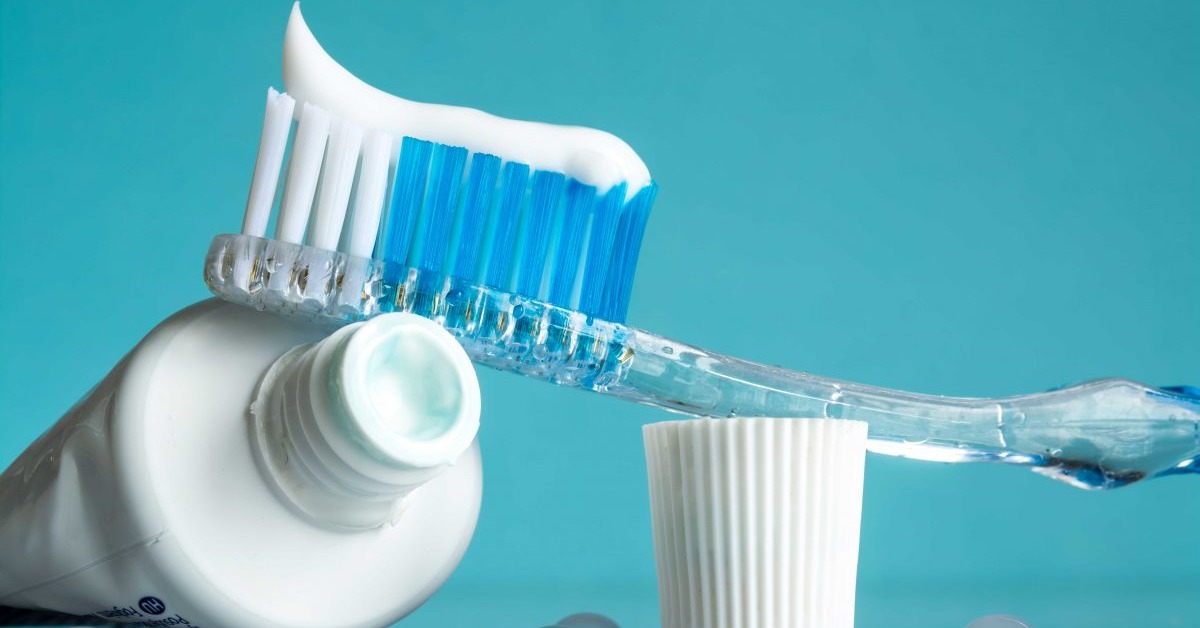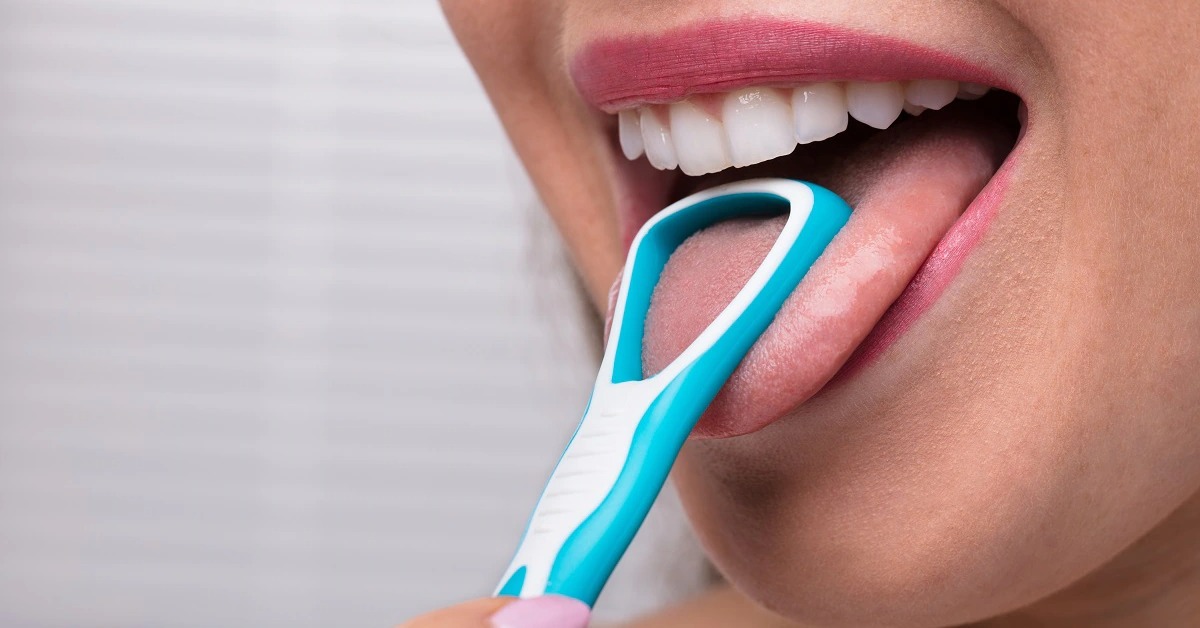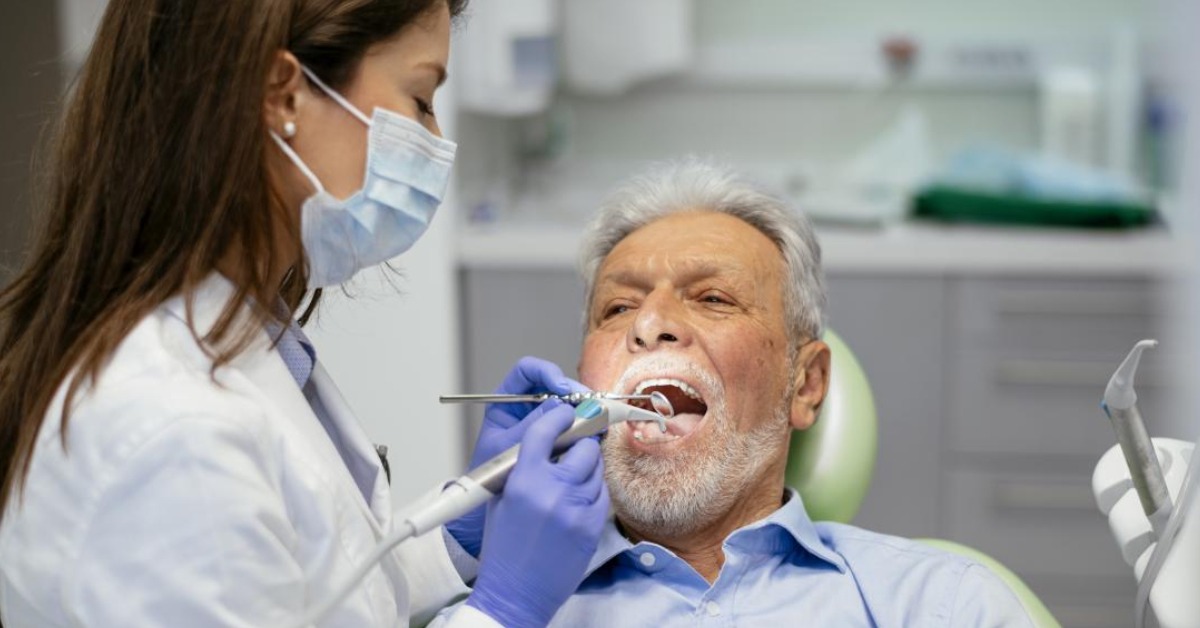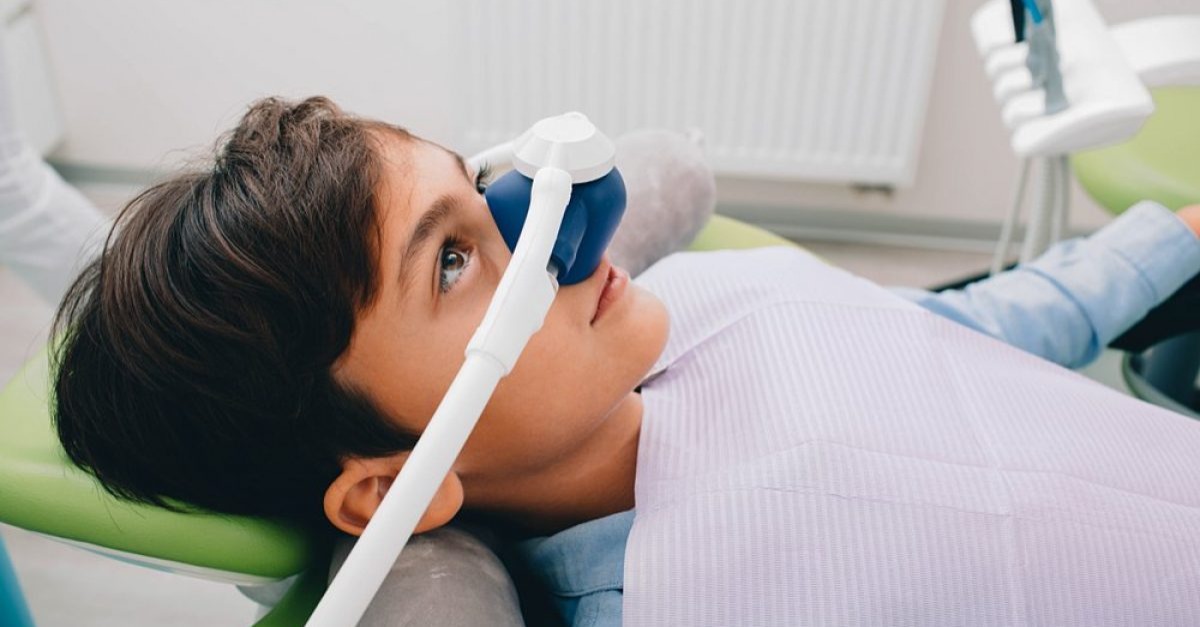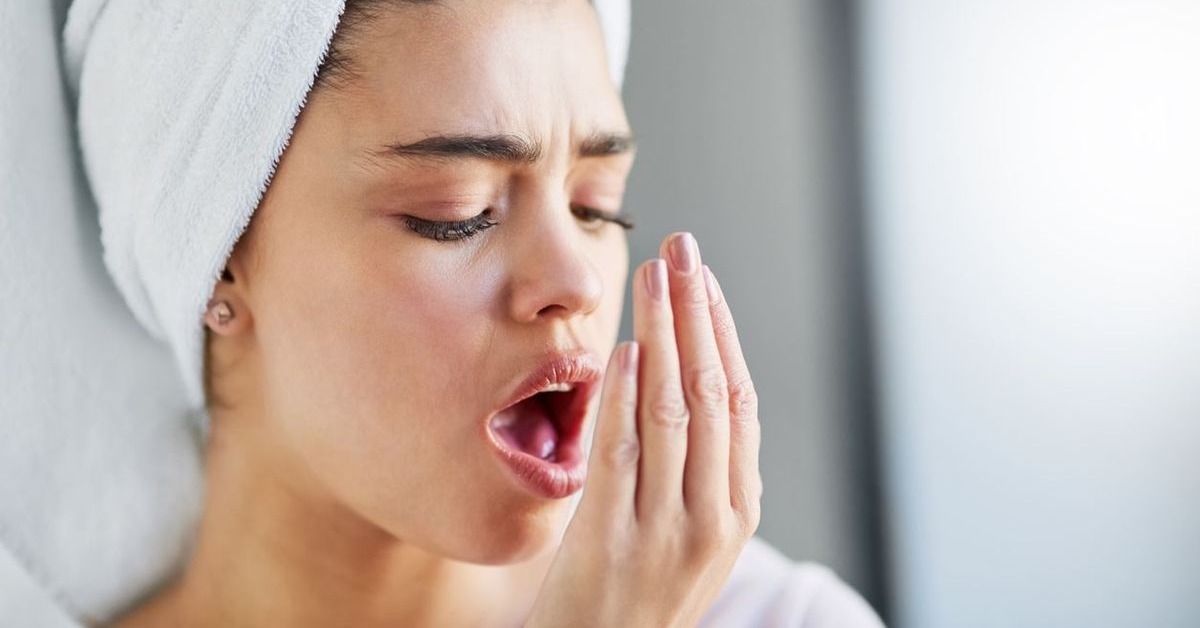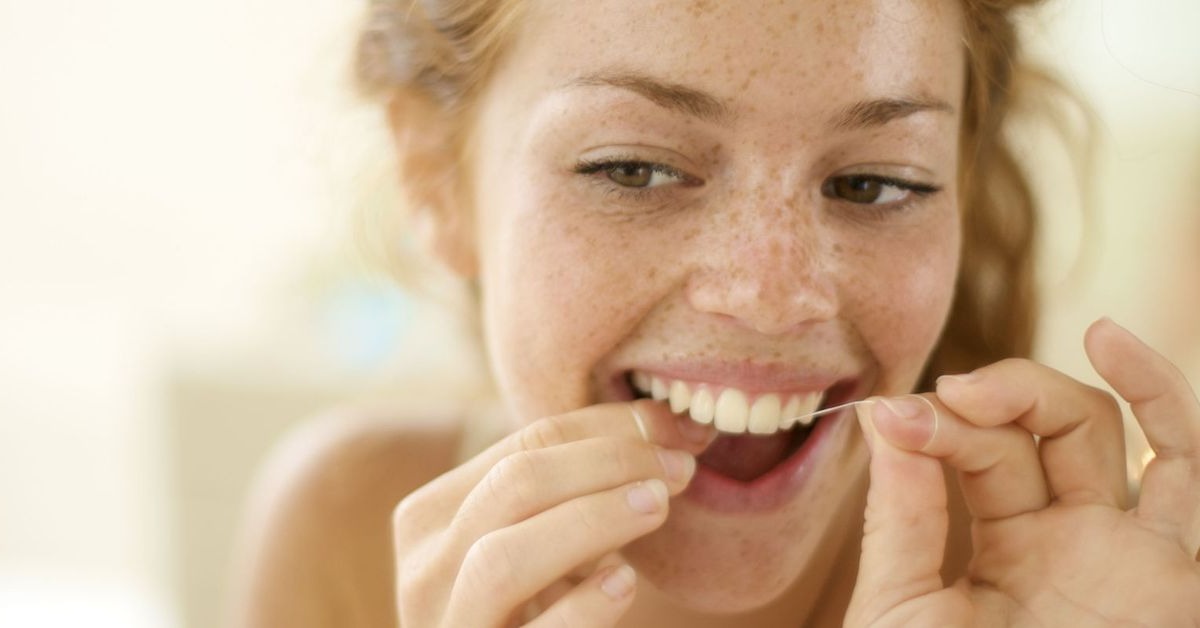A Guide to Understanding Dental Implants
We often forget how much of an important role good teeth play in our confidence, in the way we carry ourselves. People who have a tooth or a few teeth missing may grow self-conscious, rarely displaying their smiles and losing their enthusiasm in engaging openly in conversation. They may also develop poor eating habits when chewing becomes difficult, and this causes further complications to their health. In such cases, dental implants play the role of a substitute, acting as a restoration alternative for missing teeth.
Dental implants go beyond dentures – they replace the missing teeth with artificial roots to facilitate their entire function, and to work against jawbone loss. They do this by stimulating the jawbone and in the process help in maintaining facial features as well. By addressing missing roots, dental implants bring the stability and support necessary for eating different types of food; chewing is no longer a major hassle for the individuals using them.
Types of Dental Implants
Different types of dental implants use different connectors, coating, and size options. There are numerous approaches to placing implants, but their forms can be roughly categorized under the following:
- Endosteal Implants (Endosseous)
This is the most commonly used type of implant for teeth. Prosthodontists may sometimes recommend them as an alternative to removable dentures. The types of endosteal implants range from threaded, to smooth or bladed. Endosteal implants are safe, effective, and widely used.
Endosteal implants are placed by drilling into the jawbone and inserting a titanium screw that replaces the root. The soft tissue and bone have to heal around the root before you complete the treatment; this may take up to a few months. Individuals with endosteal implants most often say that the results of the procedure feel natural and stable.
- Subperiosteal Implants
This type of implant is rarely used in this day and age. They used to be utilized to keep dentures in place for individuals with insufficient bone height. Subperiosteal implants are placed on the jawbone in the gum tissue, and a metal implant post in the gums holds the dentures.
The treatment for this type of implant is done in a process involving two appointments, so it takes a lot less time than with endosteal implants. However, the result is not as natural and stable as when the latter is used. This is because a subperiosteal implant does not go into the jawbone – rather, it rests on top of the bone with a soft tissue holding it in place.
Coatings, Connectors, and Sizes
Dentists will look into individual cases to determine what the treatment is among the variety of options.
- Coating
Your implant can have several different types of coating or surface treatments depending on the nature of your case is. More often than not, the implant is made of titanium, while the outer surface may vary.
A coating increases surface roughness, allowing the implant to heal and become stronger over time. Surfaces can be acid-etched, grit-blasted, or Zirconia-based. Zirconia is a transition metal that is ceramic-like in appearance.
- Connectors
All types of implants require the screw to be placed in the jaw and attached to the abutment on top. The 3 main types of connectors are Internal Hex connectors, External Hex connectors, and Internal octagon connectors.
- Sizes
The size of the implant required depends on which part of the mouth it is going to be placed in. Individual spacing and bone availability are determinants of implant sizes. These may vary from the Standard Platform, between 3.5 mm and 4.2 mm in diameter, placed at the front; to Wide Platform, from 4.5 mm to 6 mm in diameter, placed in the back of the mouth; to Narrow Body, which serves mainly as a temporary support.
Winning Back Your Smile
Today, thanks to major advancements in dentistry, dental implants are more or less indistinguishable from the teeth they replace. Through the wonders of modern technology, the structural connection between the implant and the living bone enables the teeth to match impeccably. If maintained properly, dental implants could work for a lifetime. Your prosthodontist will assess your particular case and recommend the most suitable implant option. Making the right decision could make all the difference in helping you win back your smile and confidence.
